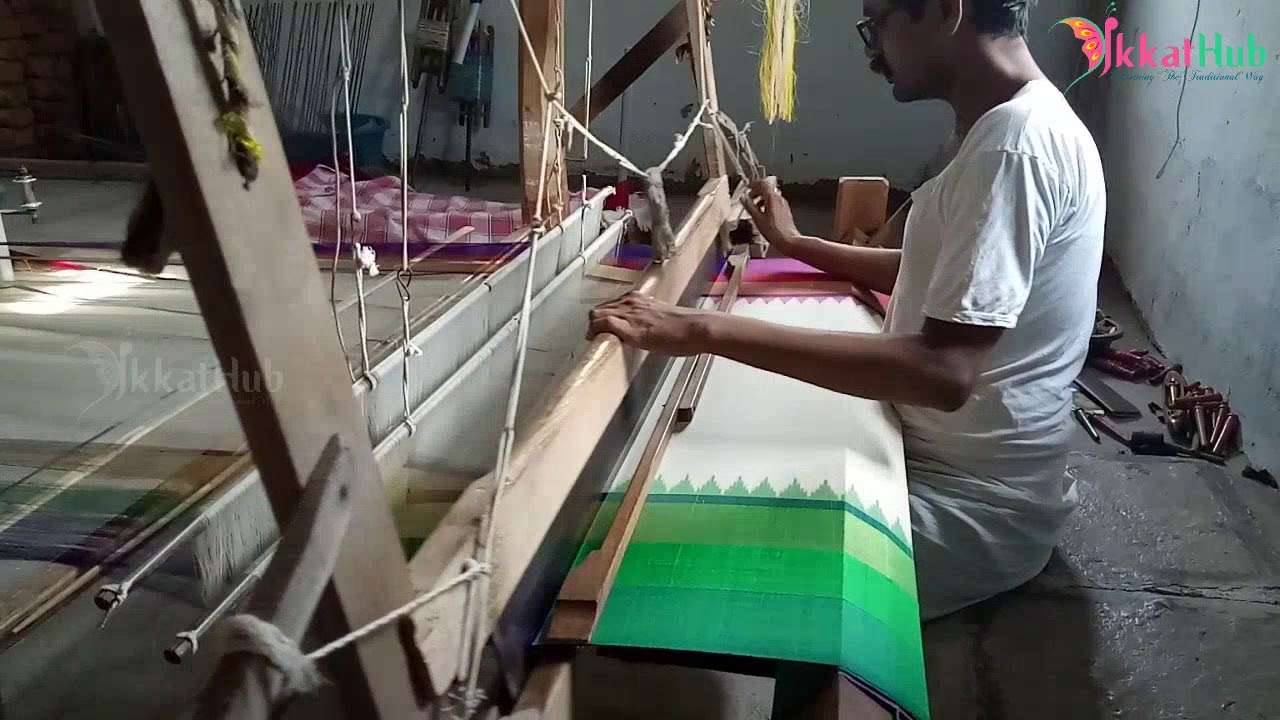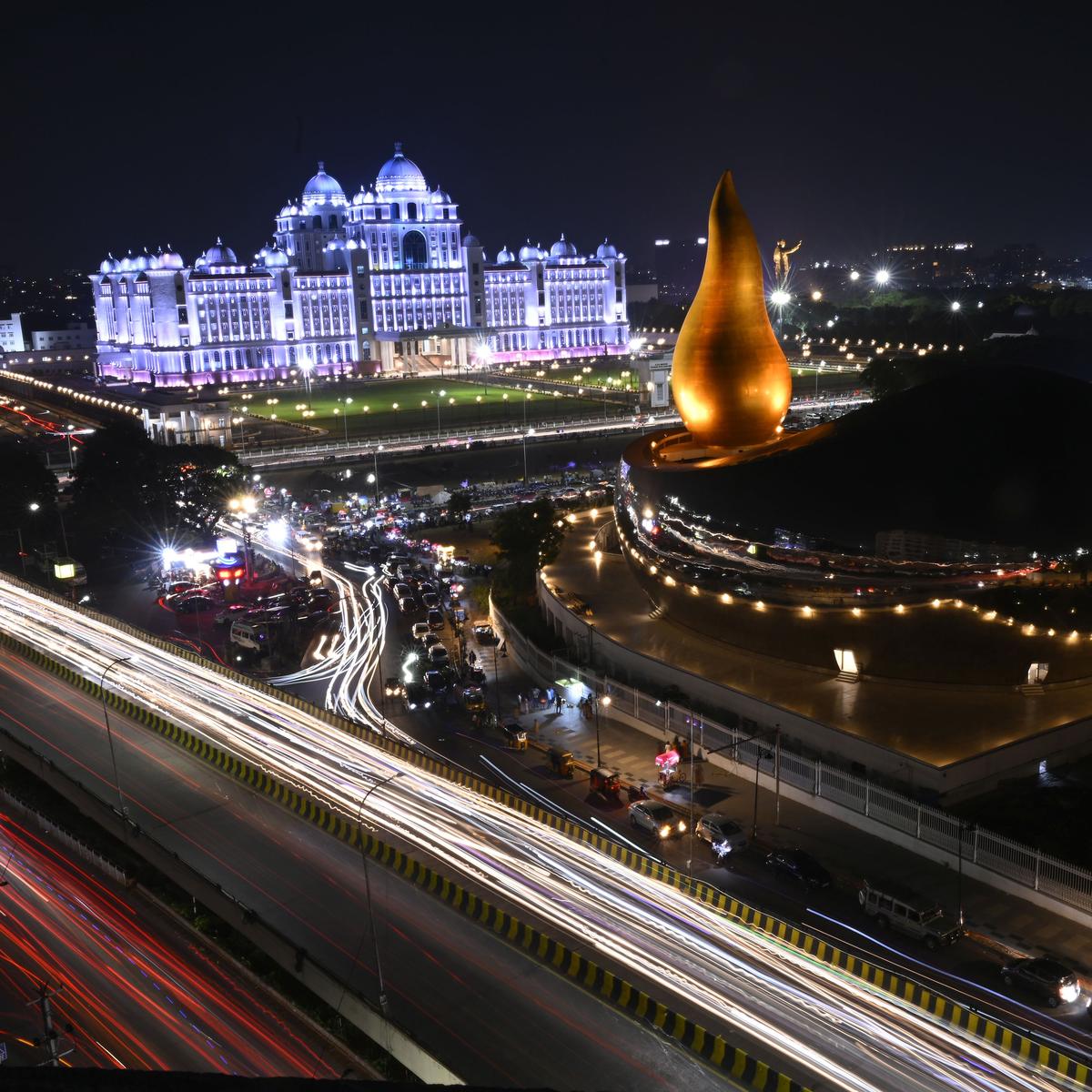Pochampally, a quaint town located in the Nalgonda district of Telangana, is globally renowned for its tradition of handwoven Ikat sarees. Known for their striking patterns and vibrant colors, these sarees represent the rich cultural heritage of the region. Pochampally has earned a significant place in the world of textiles, with its handwoven Ikat sarees being highly valued by fashion enthusiasts, collectors, and connoisseurs alike.
The Art of Ikat Weaving
At the heart of Pochampally’s textile fame is the Ikat weaving technique. This ancient art form involves resist-dyeing the yarns before they are woven into fabric, creating intricate, vibrant patterns. The process requires immense skill and precision, as the yarns are carefully dyed and then aligned on the loom to form beautiful, symmetrical designs. Unlike other weaving techniques, Ikat allows for a high degree of creativity, resulting in unique and one-of-a-kind patterns in each piece of fabric.
Ikat weaving is a meticulous process that begins with the preparation of yarns, followed by dyeing, and then weaving the dyed threads into fabric. The dyeing process involves using a resist technique, where parts of the yarn are tied and dyed to create specific patterns, leaving other parts of the yarn unaffected. This gives the fabric its characteristic blurred effect and intricate design, which is one of the defining features of Pochampally sarees.
Distinctive Patterns and Techniques
Pochampally sarees are distinguished by their geometric patterns and bold motifs, often featuring triangles, diamonds, and other shapes that form a beautiful symmetry. The traditional motifs found in Pochampally Ikat sarees often include floral and abstract designs, inspired by nature and the local culture. These patterns are not only a visual delight but also represent the creativity and craftsmanship of the local weavers.
The region’s artisans use natural dyes to achieve the rich colors that make these sarees so striking. The vibrant reds, blues, greens, and yellows that characterize Pochampally sarees are derived from locally sourced materials, making each saree not only a work of art but also a reflection of the region’s environment and heritage.
A Legacy of Craftsmanship
The weaving tradition in Pochampally has been passed down through generations, and today, the town is home to numerous weaving clusters. These clusters are where the artisans continue to practice and refine the art of Ikat weaving. The local weavers, despite the challenges of modern textile manufacturing, remain dedicated to preserving this ancient craft. Their work has garnered national and international recognition, and Pochampally sarees have become a symbol of traditional craftsmanship in India.
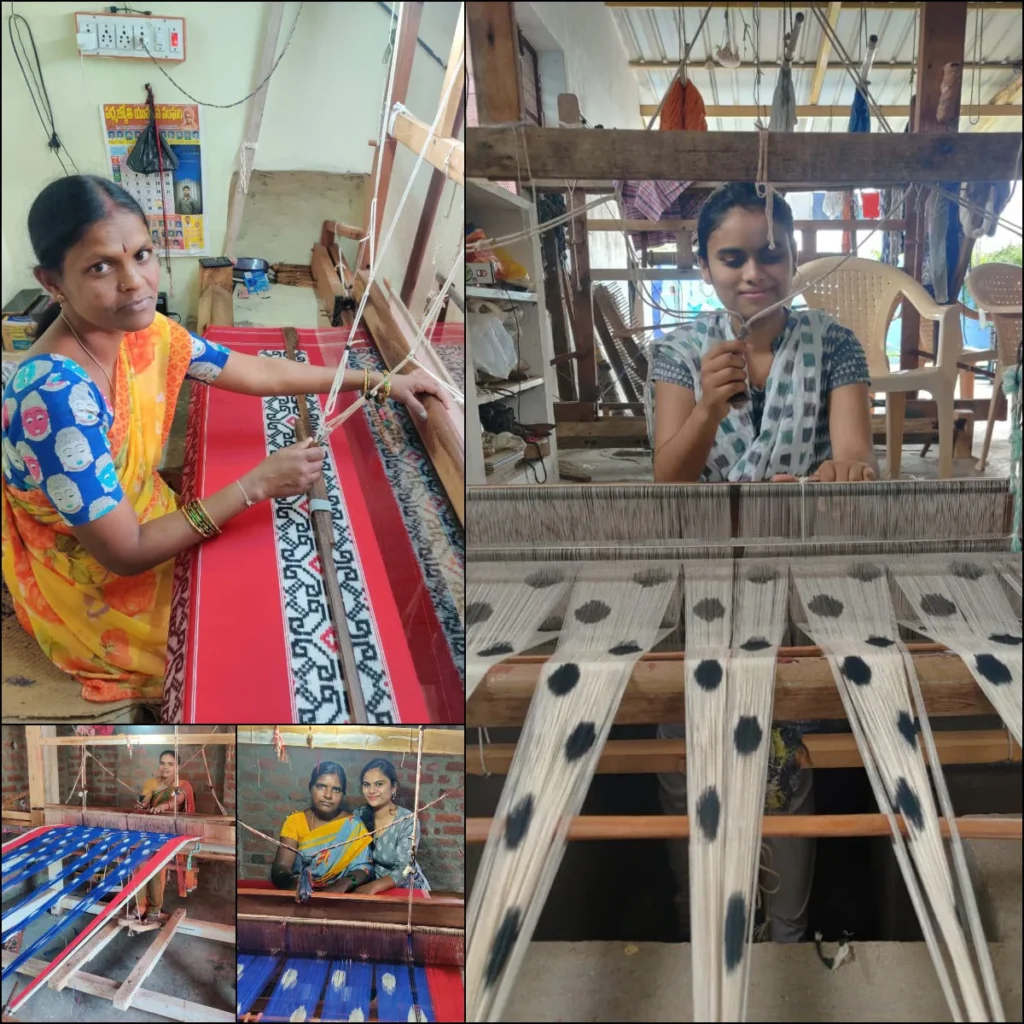

In addition to sarees, the Ikat technique is also used to create a variety of other textiles, including dupattas, scarves, and fabrics for home décor. The intricate designs and vibrant colors of these textiles have made them popular not only in India but across the globe.
Tourism and the Pochampally Experience
For visitors to Telangana, Pochampally offers a unique cultural experience. The town is home to workshops and weaving centers where tourists can witness the art of Ikat weaving firsthand. Many visitors choose to spend time in these workshops, observing the artisans at work, learning about the techniques, and purchasing handmade products directly from the weavers.
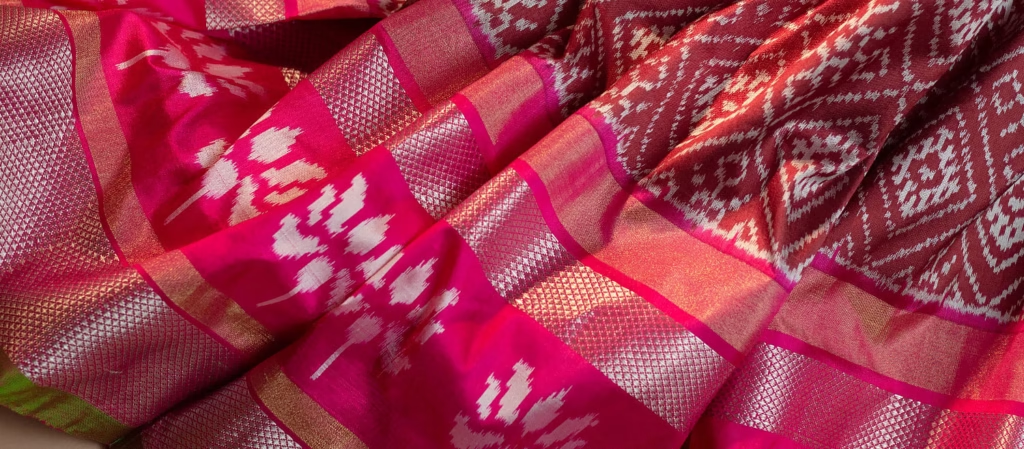
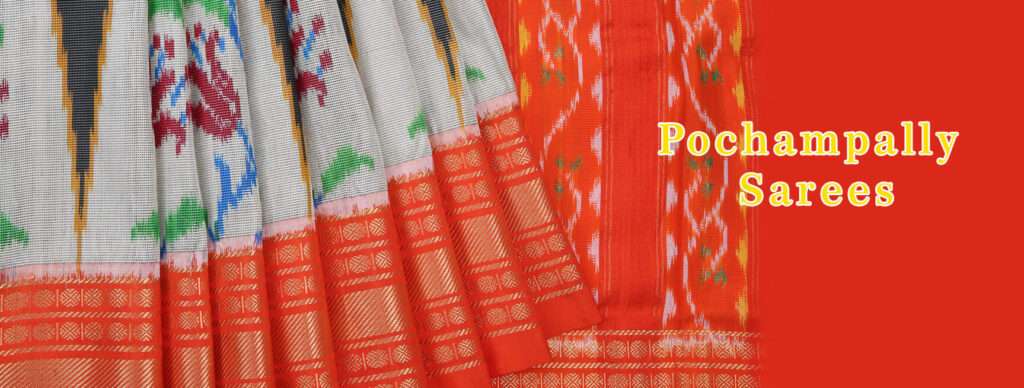
Pochampally also hosts an annual Ikat Weavers’ Festival, where artisans display their work, and visitors can immerse themselves in the rich heritage of the region. The festival is a celebration of the town’s history, craftsmanship, and cultural significance in the world of textiles.
Conclusion
Pochampally’s Ikat sarees are much more than just garments; they are a testament to the town’s deep-rooted tradition, skill, and creativity. For anyone interested in experiencing the essence of Telangana’s textile heritage, a visit to Pochampally offers an opportunity to connect with the region’s artistic legacy and to appreciate the meticulous work that goes into every handwoven piece.

